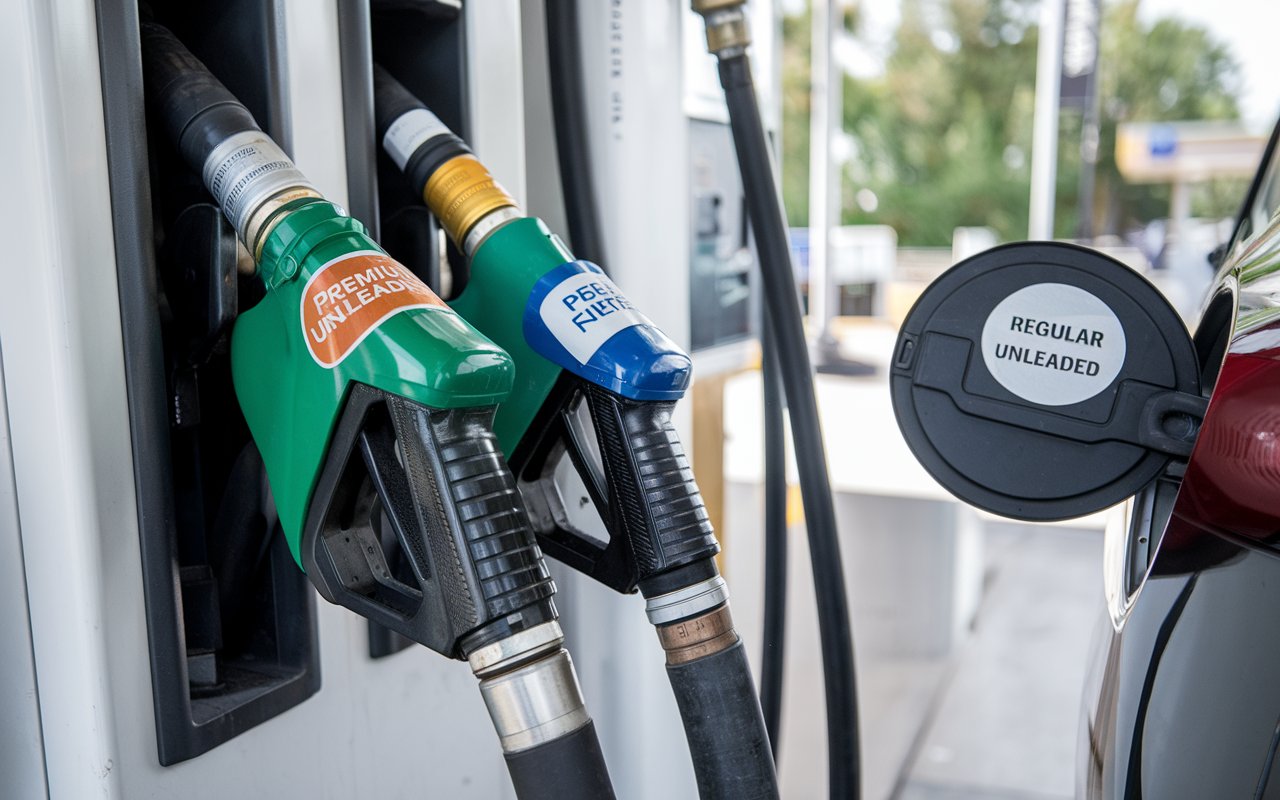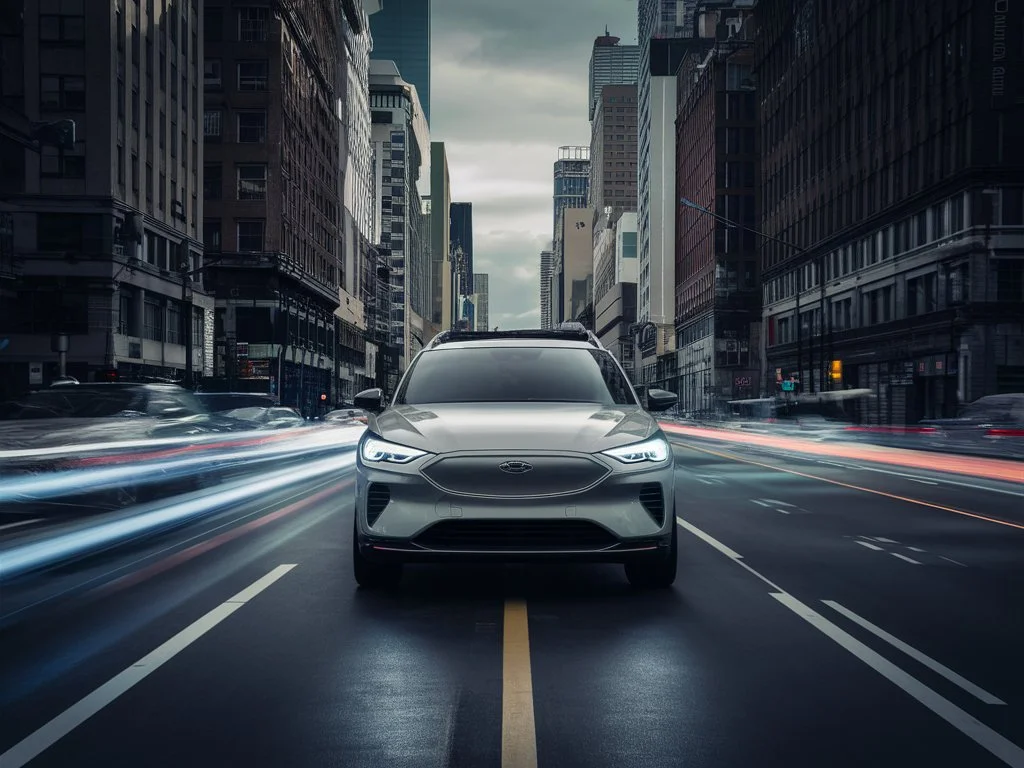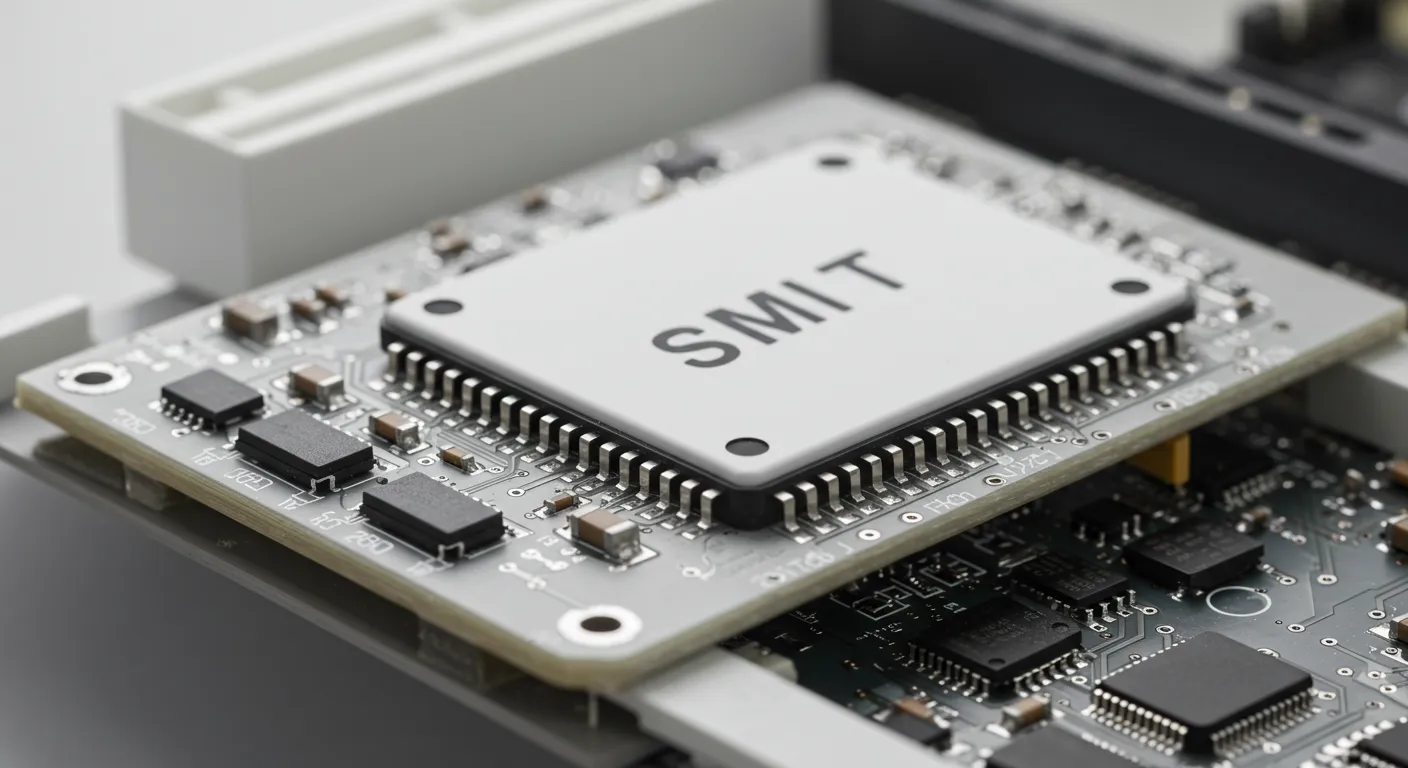Table of Contents
When filling up your vehicle, you might wonder, Can you mix premium and regular gas without risking engine performance? In this post, we’ll examine the advantages and drawbacks of blending these two kinds of fuel to assist you in selecting the optimal option for your car.
Understanding Premium and Regular Gas
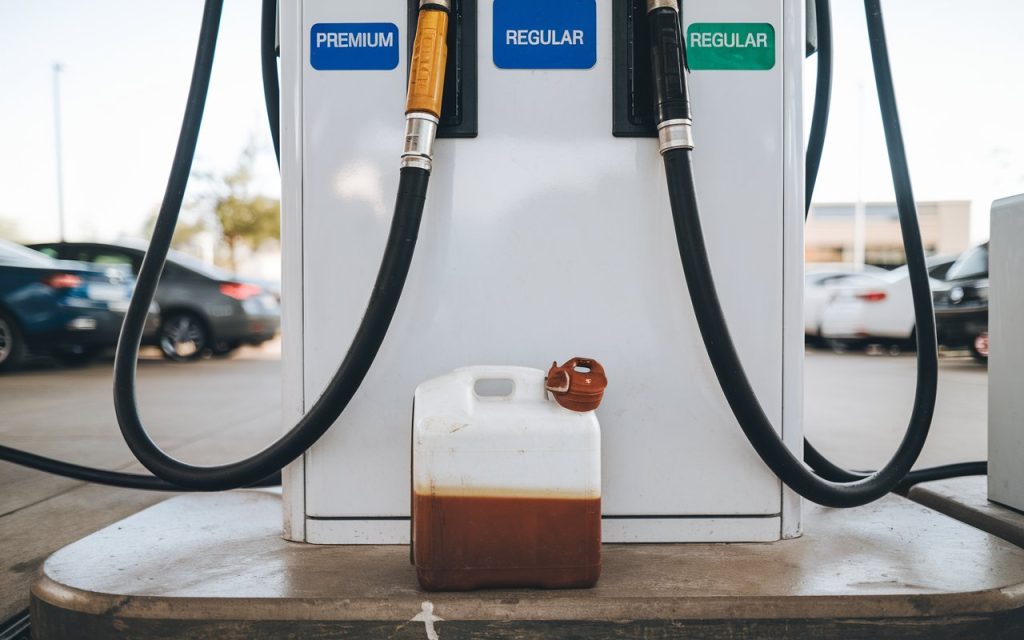
What Is Premium Gas?
Premium gas is designed to prevent knocking or pinging in high-performance engines. It typically has octane values of 91 or above, which can cause problems if not appropriately matched with your vehicle’s cylinder requirements.
It is frequently found in high-end or sports vehicles that withstand higher compression ratios, which suits their performance needs. Can you mix regular and premium gas without causing issues? If your car’s manufacturer suggests premium fuel, it’s usually to ensure peak performance.
What Is Regular Gas?
The most often utilized fuel is regular gas, commonly found at the pump. It has a lower octane rating, usually around 87. Most cars run on regular gas, which is typically less expensive than premium gas. This makes it a fine choice for budget-conscious drivers who want to protect their finances.
For many vehicles, regular gas provides the necessary performance and efficiency. It’s the standard choice for everyday driving and is suitable for most engines, making it a popular service at gas stations.
Can you mix premium and regular gas?
The Basics of Mixing Fuels
So, can you mix premium and regular gas? Yes, you can mix regular and premium gas safely. When you combine these two types of gasoline, the octane rating of the resulting mixture will fall somewhere between the two.
If you mix premium and regular gas, you end up with a blend with an octane rating that’s not as high as pure premium but better than regular alone, which can happen if you are not cautious.
Effects on Vehicle Performance
Mixing premium and regular gas can affect your vehicle’s performance and potentially cause problems in the long run. Suppose your automobile is meant to run on premium gas, and you use a mix. In that case, it may become less efficient and operate less well, potentially causing problems depending on the ratio used.
Mixing can be a workable alternative if you require premium gas but want to save money, minimizing the risk of damage to your engine. This is because the octane rating of the mixture may not meet your engine’s requirements, potentially causing a risk of harm. On the other hand, if your vehicle runs well on regular gas, blending in a bit of premium might not make a noticeable difference.
Pros of Mixing Premium and Regular Gas
Cost Savings
Cost savings are one of the most significant advantages of mixing premium and regular gas, which can help protect against the financial burden at the pump. Regular gas is cheaper than premium gas, so mixing regular and premium can help you save money. Mixing can be a workable alternative if you require premium gas but want to save money.
Convenience
Conveniently, premium and ordinary gas can be mixed. If you accidentally fill up with regular gas but need premium, you can top off with premium gas. This way, you don’t have to worry about draining your tank or making an extra trip to the gas station.
Flexibility
Blending fuels offers flexibility. Mixing can be a workable alternative if you require premium gas but want to save money. Premium and ordinary gas can be mixed conveniently at the pump to suit your needs.
If you accidentally fill up with regular gas but need premium, you can top off with premium gas. This way, you can adjust the octane level based on your driving needs and budget to protect your vehicle’s performance.
Cons of Mixing Premium and Regular Gas
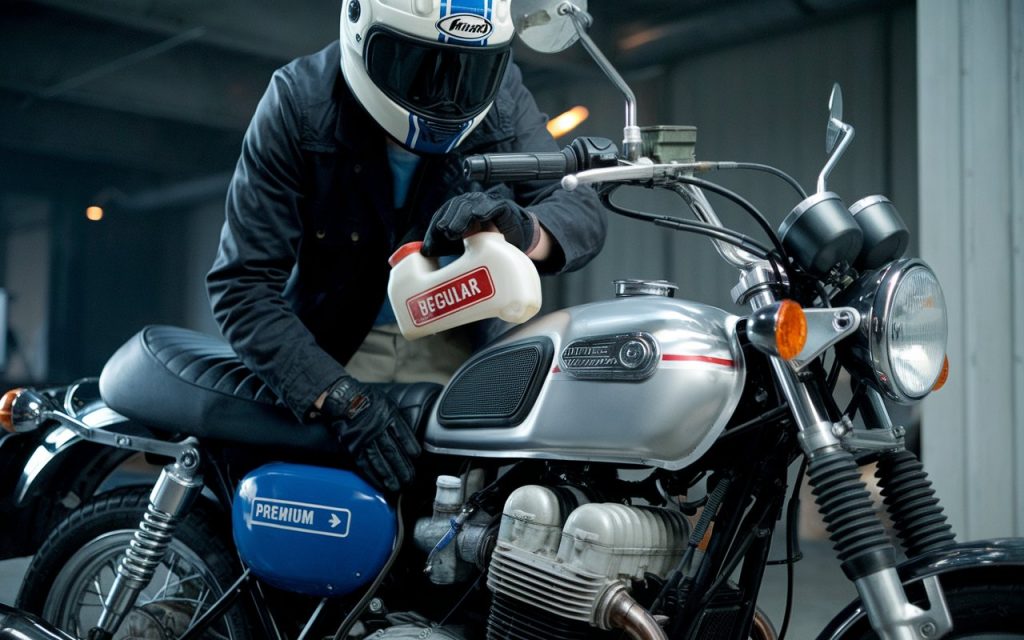
Possible Performance Issues
Mixing it with regular gas might reduce performance for vehicles requiring premium gas. The engine might not perform as well as with pure premium gas. The combination may not deliver the same power and efficiency if your vehicle is built for high-octane fuel.
Warranty Concerns
- Mixing premium and regular gas could potentially affect your vehicle’s warranty. A mixture might void certain warranties if your car’s manufacturer recommends premium gas. Always check your vehicle’s owner’s manual and warranty terms before mixing fuel.
Inconsistent Results
The results of mixing premium and regular gas can be inconsistent. The benefits of blending fuels might not always align with your vehicle’s needs. It’s possible that you won’t get the same economy or performance with a single fuel type.
Practical Tips for Mixing Fuels
How to Mix Premium and Regular Gas Safely
If you choose to mix premium and regular gas, here’s how to do it safely:
- Verify the Fuel Level: It is advisable to mix when the tank is nearly empty. If it’s almost empty, you can start fresh with a mix. If it’s already partially complete, the blend will be more random.
- Add Premium Gradually: Pour premium gas into the tank first, then fill up with regular gas. This helps the fuel mix more evenly.
- Monitor Performance: After mixing, pay attention to how your vehicle performs. If you notice any issues, stick to one gas type.
What to Watch Out For
- Avoid Frequent Mixing: Regularly mixing premium and regular gas isn’t ideal. To maintain optimal performance, it’s best to use the type of fuel recommended for your vehicle.
- Know Your Vehicle’s Needs: For fuel recommendations, refer to your vehicle’s owner’s manual. Understanding your car’s fuel requirements helps ensure you make the best choice. Click here for more information about Tech.
Mixing premium and regular gas is possible and offers fantastic benefits, like cost savings and convenience. However, potential downsides, such as performance problems and warranty worries, must be considered. Understanding the pros and cons lets you decide whether mixing these fuels suits you. Consider your vehicle’s needs and follow safe practices to ensure the best performance and efficiency.

